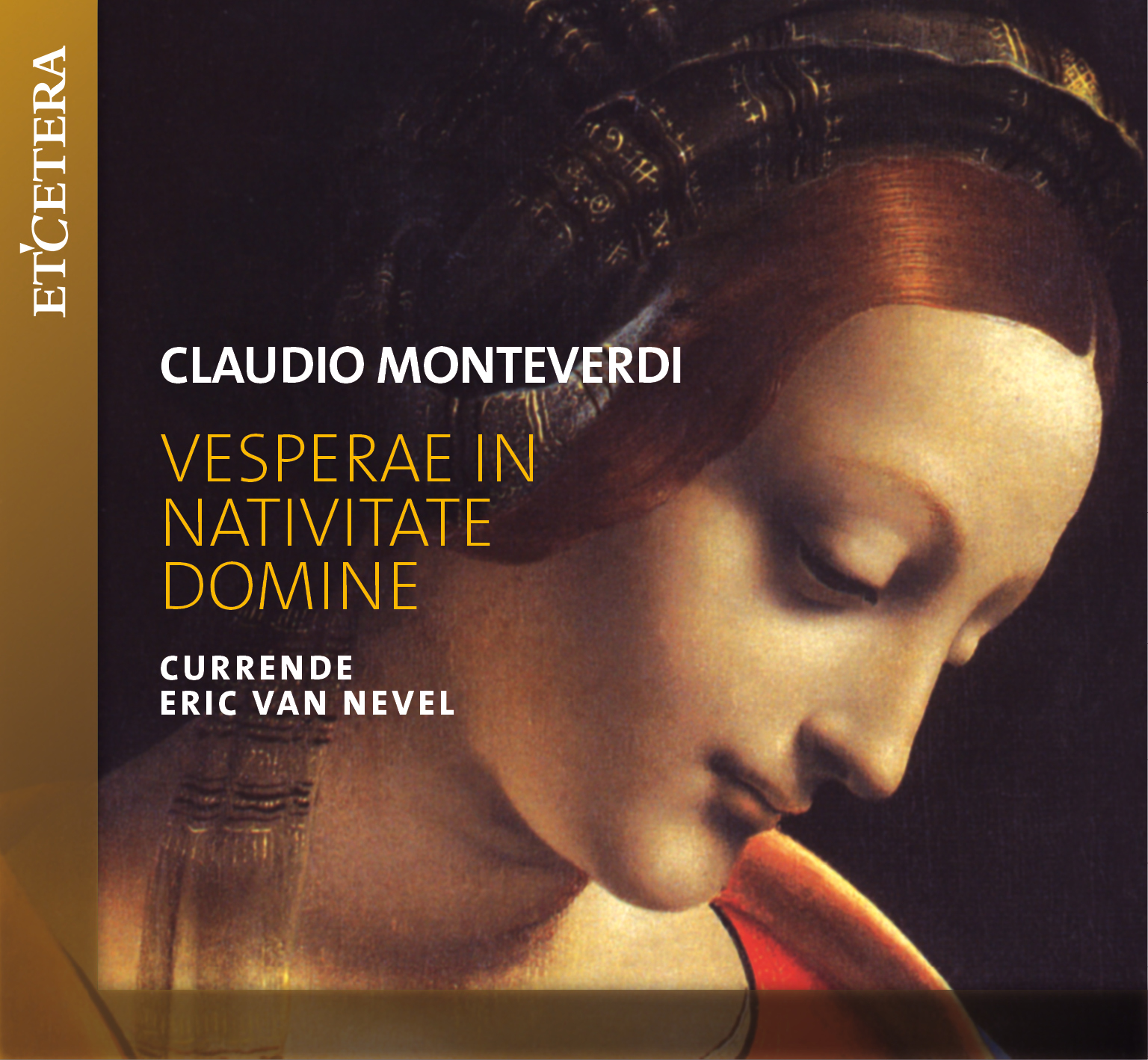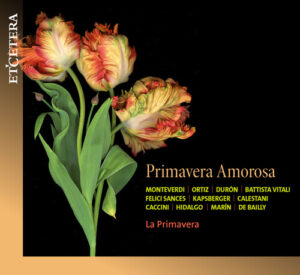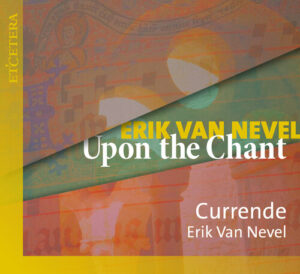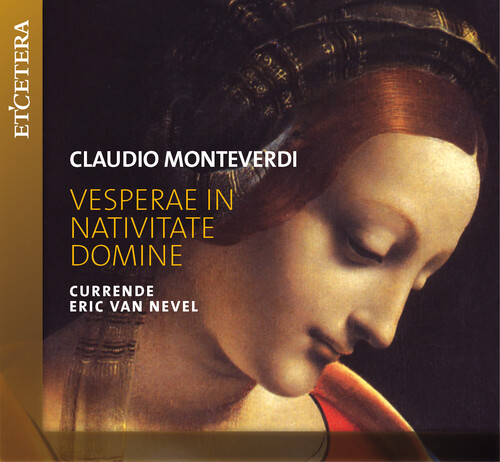1. Hodie Christus natus est, Ch. 40 (Reliquiae sacrorum concentuum)
Composer: Giovanni Gabrieli
Artist(s): Currende
2. Selva morale e spirituale: Dixit Dominus, SV 263 (Antifona: Rex pacificus)
Composer: Claudio Monteverdi
Artist(s): Currende
3. Selva morale e spirituale: Confitebor tibi, SV 265 (Antifona: Magnificatus est)
Composer: Claudio Monteverdi
Artist(s): Currende
4. Selva morale e spirituale: Beatus vir, SV 268 (Antifona: Completi sunt)
Composer: Claudio Monteverdi
Artist(s): Currende
5. Messa a quattro voci et salmi: Laudate pueri, SV 196 (Antifona: Scitote quia prope)
Composer: Claudio Monteverdi
Artist(s): Currende
6. Selva morale e spirituale: Gloria in excelsis, SV 258
Composer: Claudio Monteverdi
Artist(s): Currende
7. Selva morale e spirituale: Laudate Dominum, SV 273 (Antifona: Levate capita)
Composer: Claudio Monteverdi
Artist(s): Currende
8. Canzona terza, Ch. 188 (Canzone e Sonate)
Composer: Giovanni Gabrieli
Artist(s): Currende
9. Selva morale e spirituale: Christe, redemptor omnium
Composer: Claudio Monteverdi
Artist(s): Currende
10. Gloria in altissimis Deo – Dialogo fra gli Angeli e Pastori nella Natività di Nostro Signore
Composer: Chiara Margarita Cozzolani
Artist(s): Currende
11. Selva morale e spirituale: Magnificat, SV 281 (Antifona: Hodie Christus natus est)
Composer: Claudio Monteverdi
Artist(s): Currende


![ETC [15-75] Etcetera Records - KTC 1526 - inlay.indd](https://www.etcetera-records.com/wp-content/uploads/2023/09/KTC-1526-back.jpg)






Reviews
There are no reviews yet.